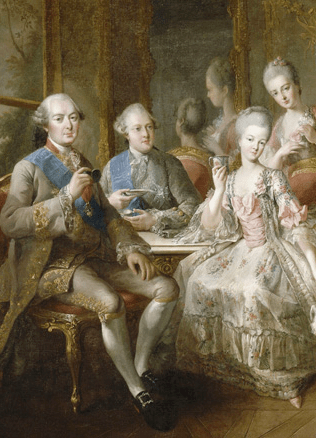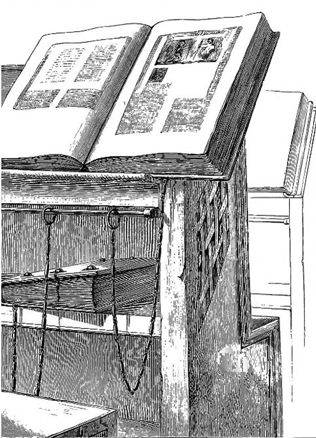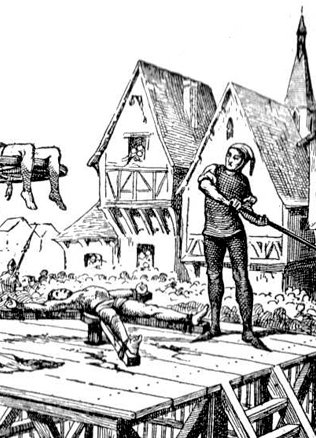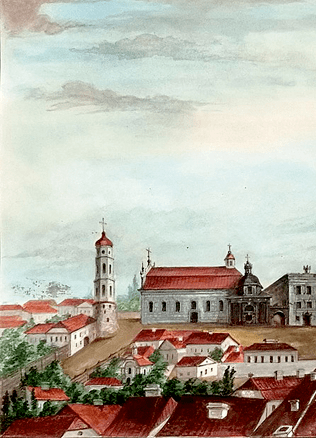The Phenomenon of Polotsk
Lithuanians as peaceful conquerors
The Daugava trade route was an alluring object for robberies by the soldiers of the Lithuanian aristocracy at the end of the 12th century. When the colony of German Catholics from Riga pushed the soldiers out of Livonia, they went to the Russian lower Daugava, the upper part of which was dominated by Smolensk, which was a huge crossroads for Eastern European trade. This is why Polotsk was not a bustling city along the Daugava trade route and not equal to Smolensk until the settlement of the German Catholics in Riga. The peaceful attention of the Kingdom of Lithuania for the good of Polotsk and Vitebsk is perfectly illustrated by the new view of the Lithuanian monarch toward the policies of joining Russian lands.
It was understood that protected trade is as just important a source of wealth as war spoils.
Lithuanians began to leave their interests in Smolensk and Veliky Novgorod, and take control of Polotsk, which was an important Russian centre of trade and artisan crafts near the Dauguva. During the rule of King Mindaugas, the throne of Polotsk emptied at one point, because it fell under the control of the king’s political rival, his nephew Tautvilas, in unclear circumstances. However it was still a long time before Polotsk was finally conquered.
The Grand Duchy of Polotsk was an influential land with old political and economical ties with other Rus’ lands. Its dukes and the ruling elite, and wiec (a kind of assembly) in the second half of the 13th century balanced between the interests of Lithuania, Riga and the Rus’. The strong economical and political backbone of Polotsk supported its independent existence, because the growth of the city was greatly impacted by trade with Riga, a Hanseatic city. It was akin to a chicken laying golden eggs.
The ruler of Lithuania avoided military force in conquering the city, as was done with Navahrudak.
Competing for Influence in Polotsk
The second half of the 13th century was a particularly dark period in Polotsk’s history. The short rule by Lithuanians (Tautvilas) in Polotsk ended with the death of Girdenis by Pskov Duke Daumantas in the summer of 1267. However while Girdenis was still ruling, Izyaslav, a Russian who was given the title “duke of Polotsk” is mentioned. He declared submission to Vaišelga, who was ruling at the time, and guaranteed free trade to the government of Riga in Polotsk and even Vitebsk (which was ruled by another Izyaslav). It appears that the Smolensk dukes (or other members of a local dynasty) return to the throne of Polotsk until Traidenis entrenched his rule in Lithuania (1268). In the 1370s, a Russian named Konstantin the Armless was ruling there. However, Polotsk was not able to liberate itself from the growing influence of the Lithuanians. With help from the Russians, Lithuanian ruler Traidenis restricted the trade route along the Daugava so much that in 1270 it was temporarily closed for German merchants. Traidenis hoped to renew trade after the Russians struck back at the Livonians for the damage they had caused. When Traidenis lost Daugavpils, Polotsk once again turned to Riga from 1274 to 1277 and made peace with the government of Livonia. Traidenis plundered Polotsk from Livonia around 1278.
The strength of Lithuania’s influence was validated by the introduction of the silver Lithuanian long coin called an izroj (grivna) in regional trade, which pushed out the Smolensk grivna.
The Conflict Between Riga and Livonia – Where Two Fight, and the Third Wins
Polotsk’s trade ties with Livonia also strengthened its political influence. In cooperation with the Livonian Order, the Russian duke of Polotsk gave priority more often to the Order’s Master, though the archbishop also had claims to Polotsk, as there were laws in theory that existed to consider the Orthodox bishopric subordinate to Riga. At the turn of the 14th century, the political situation in Polotsk reached its apex of tension, which the Lithuanian grand duke used in his favour. The Archbishop of Riga Friedrich von Pernstein and the city inhabitants, with their conflict with the Order becoming deeper, looked for support and allies, and began to depict the brothers to the West and the destroyers of Christianity and persecutors of Christians in Livonia and Lithuania. In a letter to the pope dated September 14th, 1305, they accused the Order of relinquishing Polotsk, which belonged to the archbishopric, to the pagans (Lithuanians). This accusation was further explained through a survey of witnesses carried out by the pope’s papal legate Francis of Moliano in Livonia in 1311-1312 concerning the harm done by the Order. The Polotsk question was provided by an idyllic story about its childless duke that took the Catholic faith and gave his land to the Rigan Church. However the work of the Livonian Order, directed against the archbishop and newly converted, thwarted Christianity in Polotsk. Its inhabitants were not able to ward off the pressure of the Bretheren and invited the Lithuanians, who banished or killed all the Christians, i.e. the Catholics. The Order’s defender denies these claims, saying that there was no kind of amazing expansion of Catholicism at all, and the inhabitants of Polotsk had always been Orthodox. It is most likely these researchers that were right. In this history, they saw the confusion of the facts and events at the beginning of the 14th century during the times of the rule of Tautvilas, who was Catholic, as well as the construing of a desired situation in order to reach the goal they wanted.
From the view of Lithuania’s interests, using the conflict between Riga and the Order (which weakened the Order), the beginning of the 14th century was a suitable time to occupy Polotsk. 1305 is the only reliable date that confirms that Vytenis already ruled Polotsk.
Polotsk – the most important trade centre of the GDL
The entrenchment of Vilnius’ rule in Polotsk was mild. In 1309, the local bishop Jacob, who called Vytenis his son, took care of Polotsk’ issues with Riga. It may be that the relationship of the Duchy of Polotsk’s inhabitants with Vytenis were normalised in a written agreement, which in the future turned into the land privilege of Polotsk. Gediminas entrenched himself even more in Polotsk when he appointed his brother Vainius as its duke, which was mentioned for the first time in 1326. In expanding the opportunities of the trade centre, Lithuania’s most important at the time, the Lithuanian grand duke attempted to bring the merchant routes of Veliky Novgorod and Pskov closer to Polotsk and Lithuania. This commercial policy, with Polotsk as the main trade gate of Lithuania with the West and North-western Rus’, was noted in Gediminas’ letters.
Joined to Lithuania, Polotsk became the biggest trade city near the Daugava after Riga.
Riga established and asserted control of the Hanseatic trade Kontor and took responsibility for the commercial interests of merchants. Polotsk’s economic prosperity is illustrated by the fact that more Orthodox churches and monasteries were built in the 14th century (7) than from the 11th to the 13th century (5).
Artūras Dubonis



